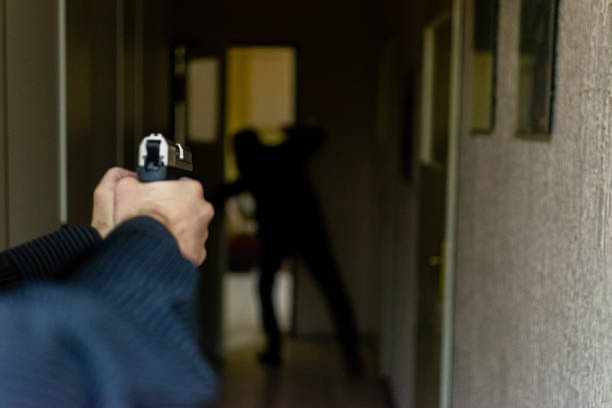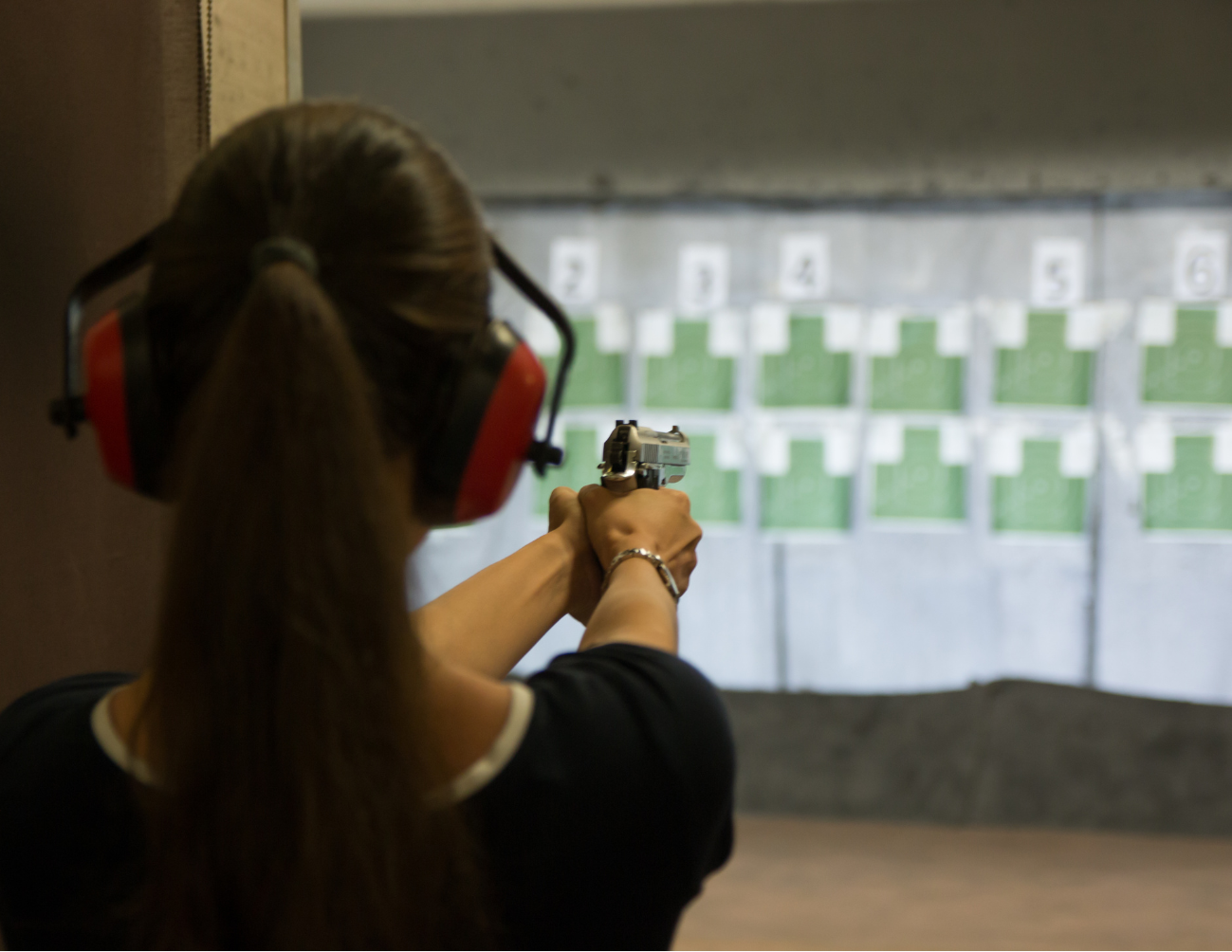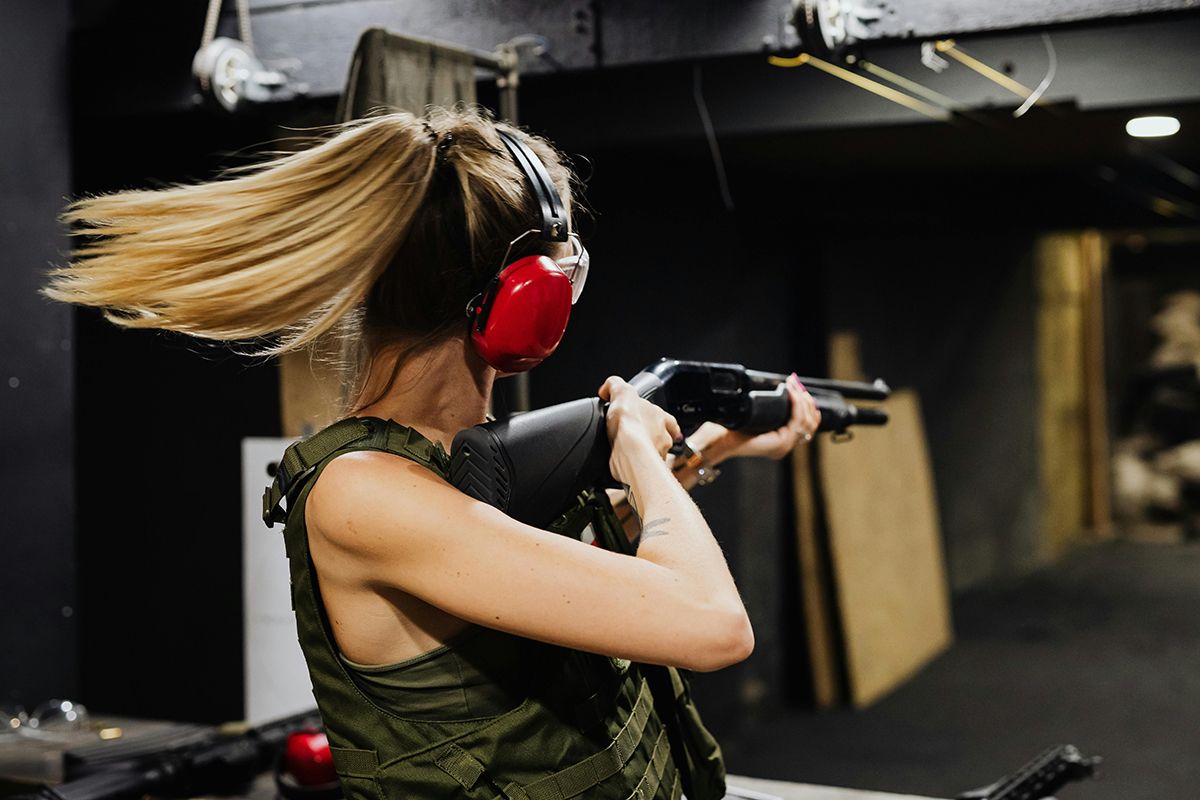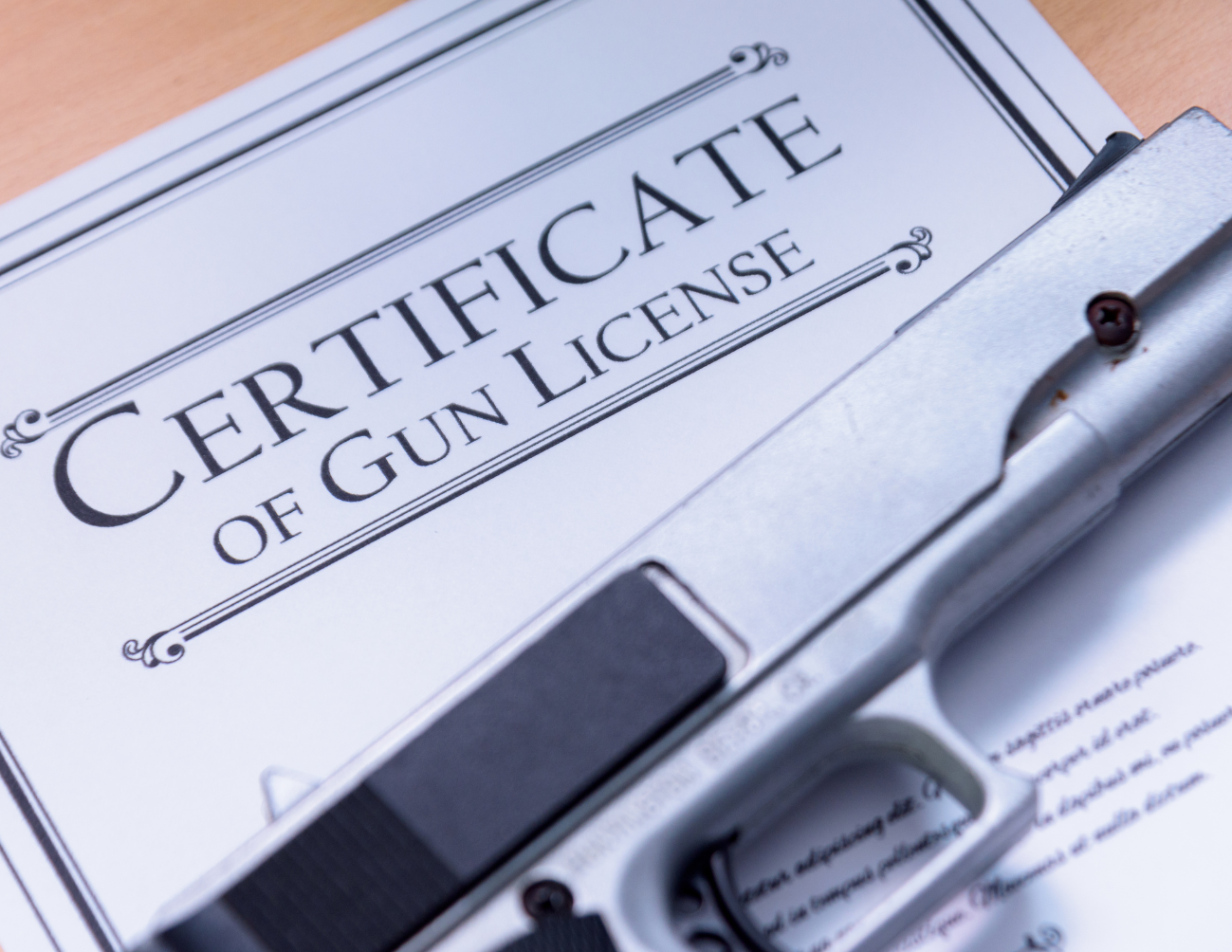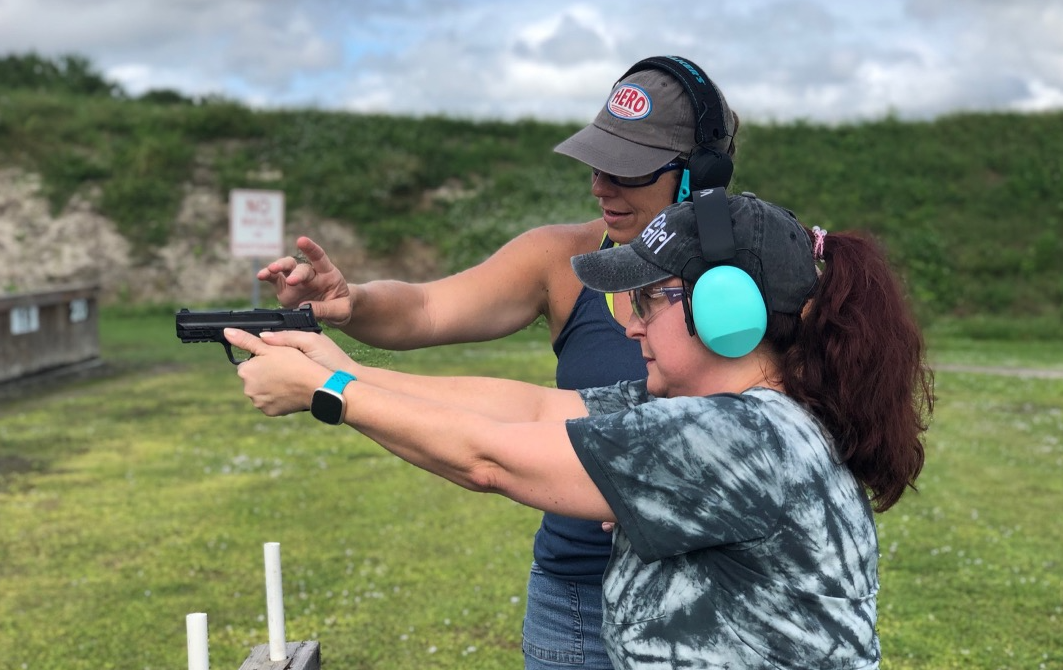One often overlooked topic is low-light/night shooting. There are many considerations regarding equipment and technique when it comes to low light. There is also a strong possibility that if you are attacked, it will be at night whether in your home or away. Crime stats seem to show an increase as the sun goes down.
Lets start with equipment, the most obvious being a light source. Having a certain amount of light aids in target identification. Light can also be used to have an advantage over an opponent. There are 2 basic light sources: the handheld flashlight and the weapon mounted light.
Handhelds: a flashlight not attached to your weapon has many advantages. You may need to see without having a weapon at the ready for multiple reasons. You dont want to be searching for your keys, or just checking on something with your firearm drawn. Try to keep one handy either in your daily carry or get-home type bag. Nothing exotic, just a basic light that takes batteries you can buy anywhere.
Weapon Mounted: There may come a time when we find ourselves in a potentially dangerous situation at night, and we forgot to bring a handheld, or are not in the habit of having one anyway! Maybe its in your house and someone used the flashlight off the nightstand and didnt return it. Maybe you went out to eat and are about to be victimized in the parking lot. The weapon mounted light might not be your first choice, but you better make sure it is available as a second choice. Again, nothing fancy, and which takes batteries that are readily available. What about the lights that are rechargeable? Yes and no. It sounds convenient until the battery dies in your holster because you forgot to charge it the night before. This can happen with regular batteries as well so check your light before you holster it. The rechargable disadvantage is that it runs 100% until its dead. Regular batteries result in a dimmer light when they are fading so you know its time.
Lumens: lumens is a measure of how bright your light is. This is where you need to make another decision. Inside a house, the higher your lumems are over 300, the greater the reflection off objects in your home, to include the walls. Now if the potential threat has a flashlight, you will be completely blinded if it is considerably brighter than yours. You need a brighter light than them. I have personally taken a midground by going with a 500 lumen weapon light…brighter than most handhelds yet very useful indoors, particularly if using indirectly to avoid heavy reflection off objects. My handheld is lower lumens. Its a decision you need to weigh out depending on your light tactics.
I am not going to go into flashlights holds in this blog as it is a bigger topic, each hold having its own advantages and disadvantages.
Night Sights: Tritium night sights are always a good choice and will help you orient your firearm at night. You still want to be sure what you are shooting at is indeed a threat, but these will help you with orientation, and will help you locate your firearm in the dark.
RMR sights (red dots): Great choice for day and night. Battery management is important. Most batteriesmlast 30,000 to 50,000 hours. That is literally years. Change your battery every year on your birthday amd you will never be guessing how old your battery is.
Lasers: Lasers are the least effective night shooting solution for multiple reasons. Typically the problem arises when looking for the dot under pressure. If your pistol orientation is not where you expect to see the dot, it often becomes challenging, resulting in a delay of action as you try to spot it, particularly in a home setting where there are many objects at differing distances. The tendency is to be more focused on finding the dot than than the potential threat in your home. The futher the distance, the dimmer the dot. Battery degredation is also difficult to notice. By adding a laser you also typically mount in the same location as a light, eliminatin the possibility of adding a light. If you do have another type and add the light, or have a light/laser combination, the light typically washes out the laser making it hard to see.
Positional Shooting: This is basically orienting to the target and making hits with minimal visual feedback. This requires a very refined form and a lot of muscle memory, using body geometry to place the shot. You may be able to shoot without your sights during the day, but unless you have your natural point of aim and biomechanics locked in, you wont be as successful at night. This method is a last resort, and you really need to know that what you are shooting at is a threat, but sometimes last resorts are what keep us alive.
There is a lot to think about when shooting in low light. Analyse your options, and get with your instructor for tips on practice and of course training. There is no substitute for training and practice.
Femme Fatale ARMS & Training is a woman-owned business that provides education and support to an over victimized and underserved segment of our population. We have programs to build confidence and skill without the intimidating aspects that tend to exist elsewhere in this industry. Our goal is customer satisfaction and loyalty. We’d appreciate an opportunity to show you how we are different, yet still, help you to accomplish your education and safety goals.
Anyone can shoot a gun, we train you to defend yourself!
Femme Fatale Arms & Training is located at 160 Malabar Road, Palm Bay, Fl. We are open Mon-Wed 10 to 5, Thurs and Fri10 to 6, and Saturday 12 to 4

